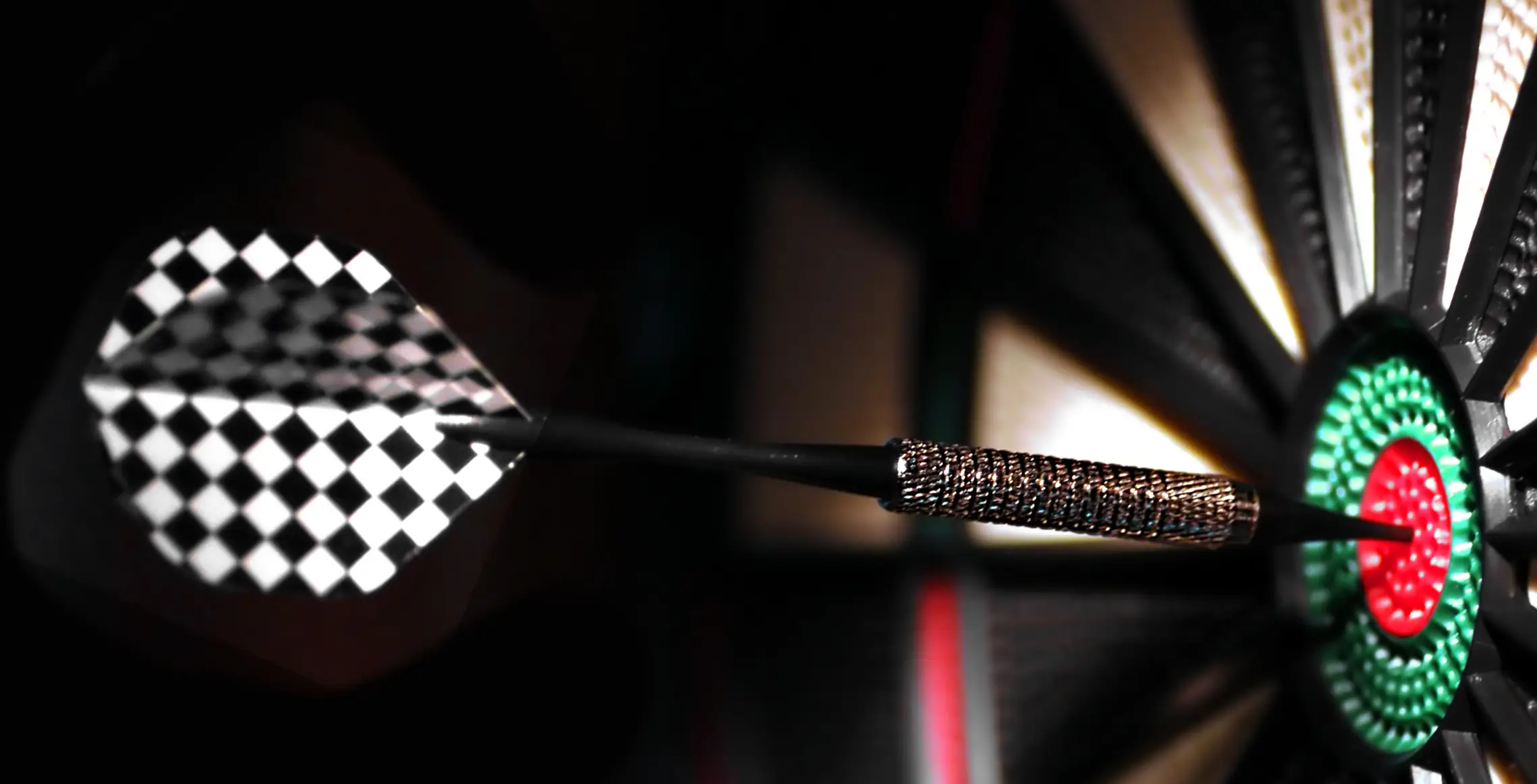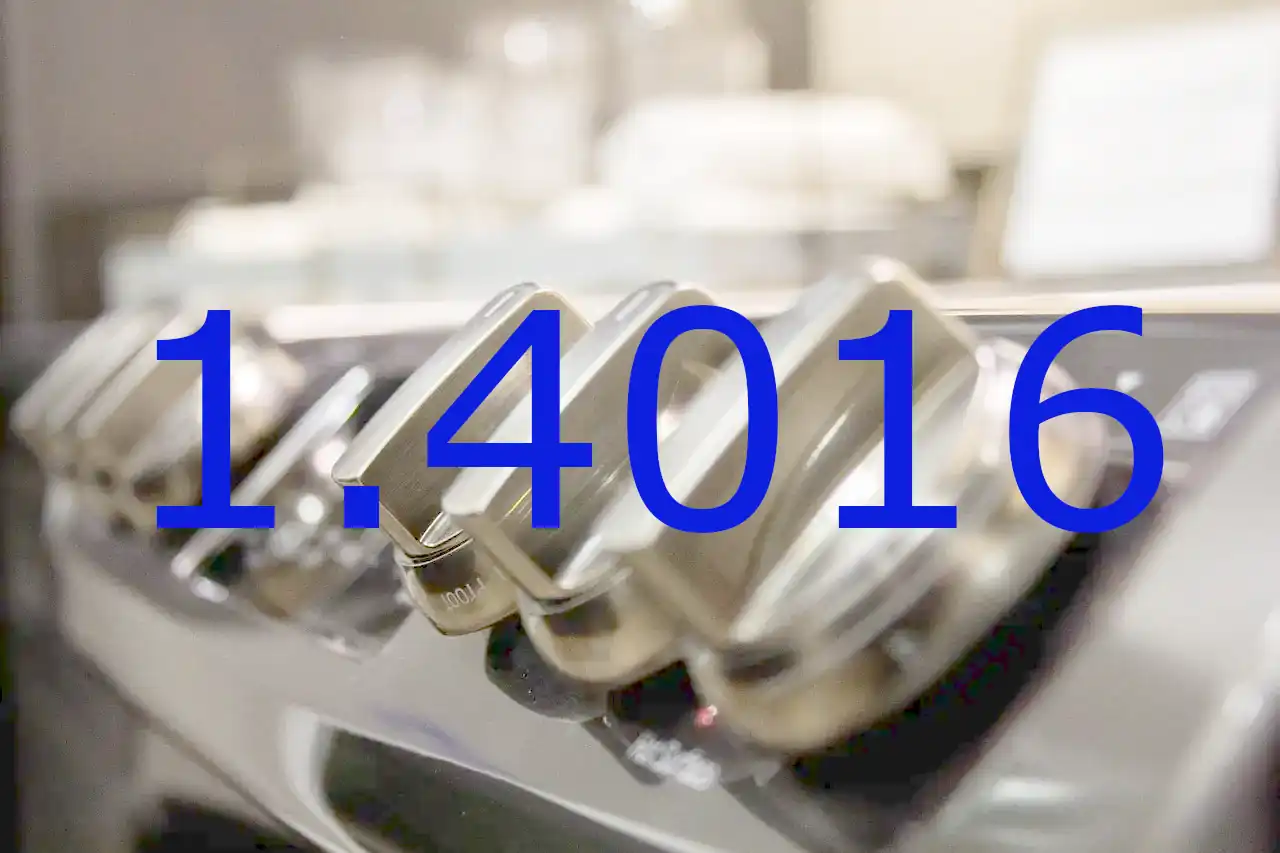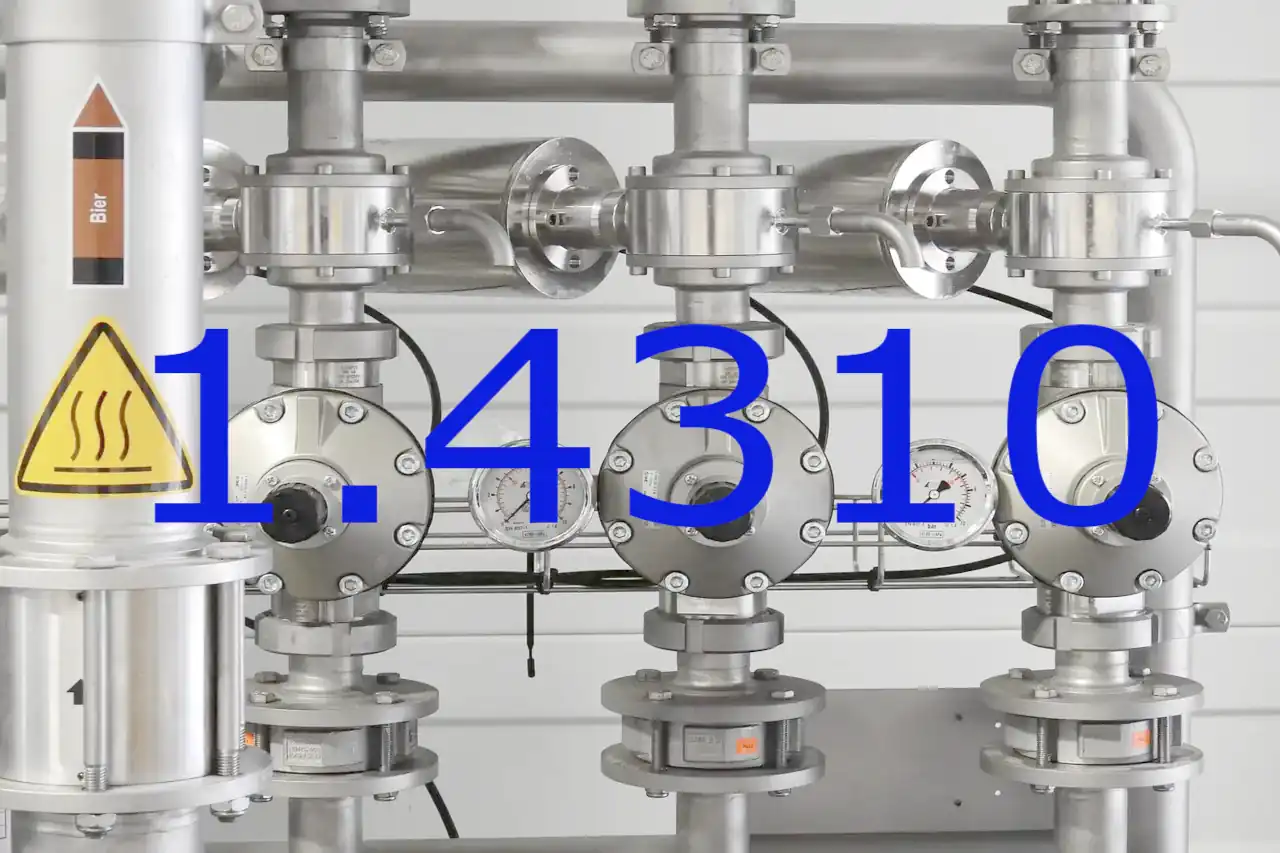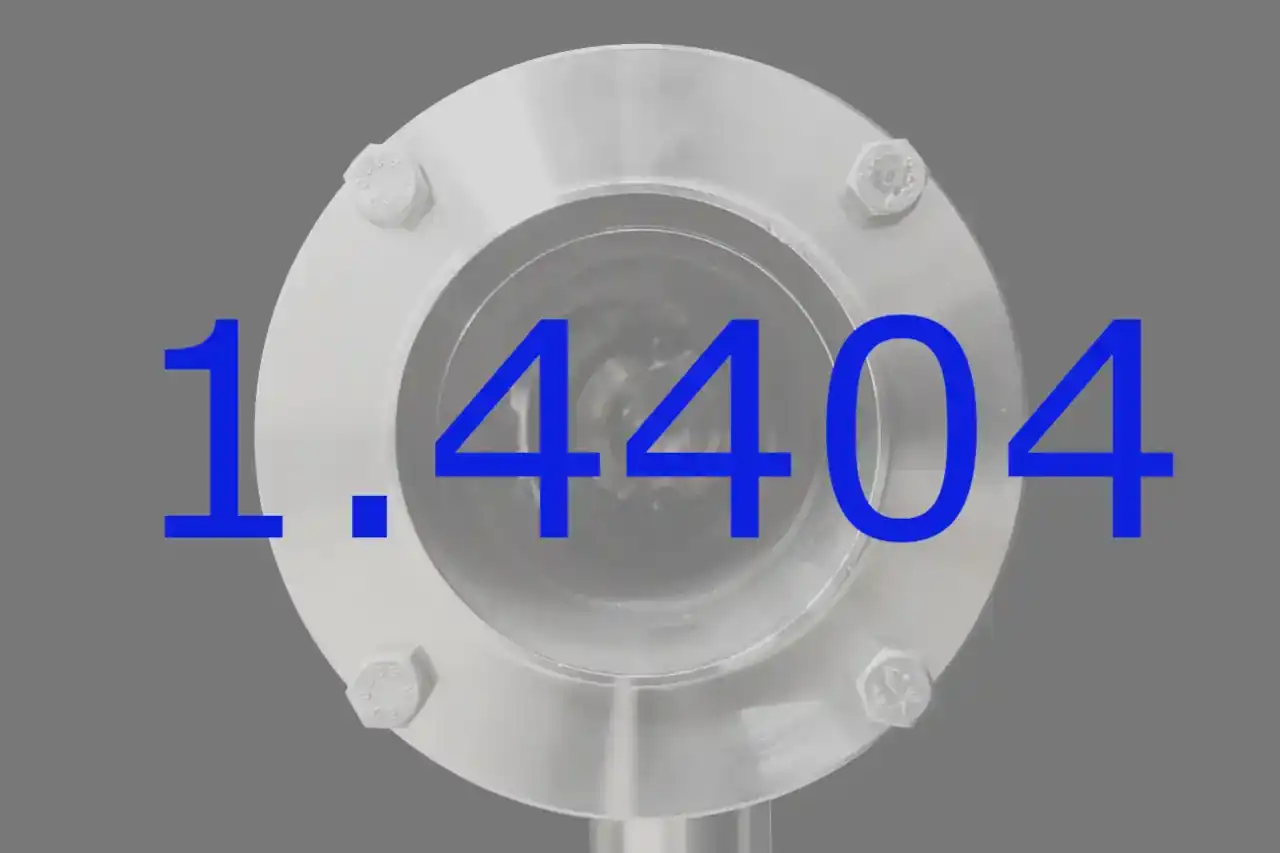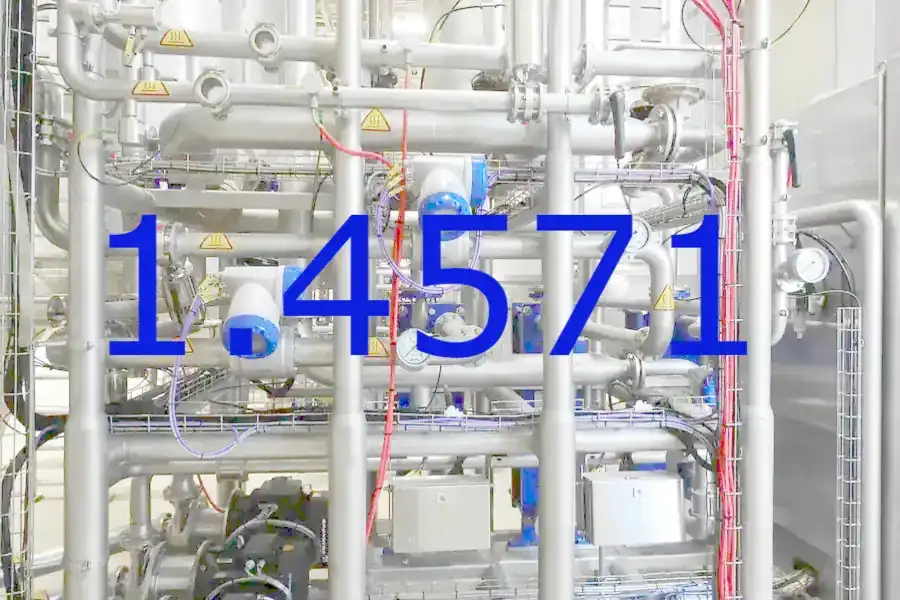In some instances, our website and its pages use so-called cookies. Cookies do not cause any damage to your computer and do not contain viruses. The purpose of cookies is to make our website more user friendly, effective and more secure. Cookies are small text files that are placed on your computer and stored by your browser.
Most of the cookies we use are so-called „session cookies.“ They are automatically deleted after your leave our site. Other cookies will remain archived on your device until you delete them. These cookies enable us to recognise your browser the next time you visit our website.
You can adjust the settings of your browser to make sure that you are notified every time cookies are placed and to enable you to accept cookies only in specific cases or to exclude the acceptance of cookies for specific situations or in general and to activate the automatic deletion of cookies when you close your browser. If you deactivate cookies, the functions of this website may be limited.
You can find more information on our Privacy Policy page

